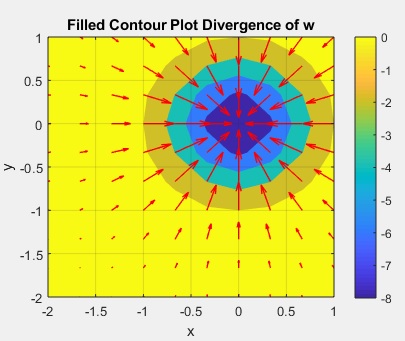

- #HOW TO PLOT A GRAPH IN EXCEL AND FIND ITS DERIVATIVE HOW TO#
- #HOW TO PLOT A GRAPH IN EXCEL AND FIND ITS DERIVATIVE UPDATE#
- #HOW TO PLOT A GRAPH IN EXCEL AND FIND ITS DERIVATIVE PROFESSIONAL#
- #HOW TO PLOT A GRAPH IN EXCEL AND FIND ITS DERIVATIVE SERIES#
Select the Data Labels box and choose where to position the label.Click on the highlighted data point to select it.To let your users know which exactly data point is highlighted in your scatter chart, you can add a label to it. In some situations, using a different color for the target data point may not be appropriate, so you can shade it with the same color as the rest of the points, and then make it stand out by applying some other maker options.
#HOW TO PLOT A GRAPH IN EXCEL AND FIND ITS DERIVATIVE SERIES#
On the Format Data Series pane, go to Fill & Line > Marker and choose any color you want for the marker Fill and Border. When doing so, please make sure that only a single data point is selected: Select that highlighted data point, right click it and select Format Data Series… in the context menu. Change the appearance of the data pointįor starters, let's experiment with colors. I will share just a couple of my favorite tips and let you play with other formatting options on your own. There are a whole lot of customizations that you can make to the highlighted data point.
#HOW TO PLOT A GRAPH IN EXCEL AND FIND ITS DERIVATIVE UPDATE#
Of course, since the chart series update automatically, the highlighted point will change once you type a different name in the Target Month cell (E2).

With the source data ready, let's create a data point spotter.

Extract x and y values for the data pointĪs you know, in a scatter plot, the correlated variables are combined into a single data point.

So, we need to figure out a way to find, highlight and, optionally, label only a specific data point. But our scatter graph has quite a lot of points and the labels would only clutter it. If we had fewer points, we could simply label each point by name. Now, you want to be able to quickly find the data point for a particular month. Supposing, you have two columns of related numeric data, say monthly advertising costs and sales, and you have already created a scatter plot that shows the correlation between these data:
#HOW TO PLOT A GRAPH IN EXCEL AND FIND ITS DERIVATIVE PROFESSIONAL#
Professional data analysts often use third-party add-ins for this, but there is a quick and easy technique to identify the position of any data point by means of Excel. In situations when there are many points in a scatter graph, it could be a real challenge to spot a particular one. Today, we will be working with individual data points.
#HOW TO PLOT A GRAPH IN EXCEL AND FIND ITS DERIVATIVE HOW TO#
Last week we looked at how to make a scatter plot in Excel. The tutorial shows how to identify, highlight and label a specific data point in a scatter chart as well as how to define its position on the x and y axes.


 0 kommentar(er)
0 kommentar(er)
